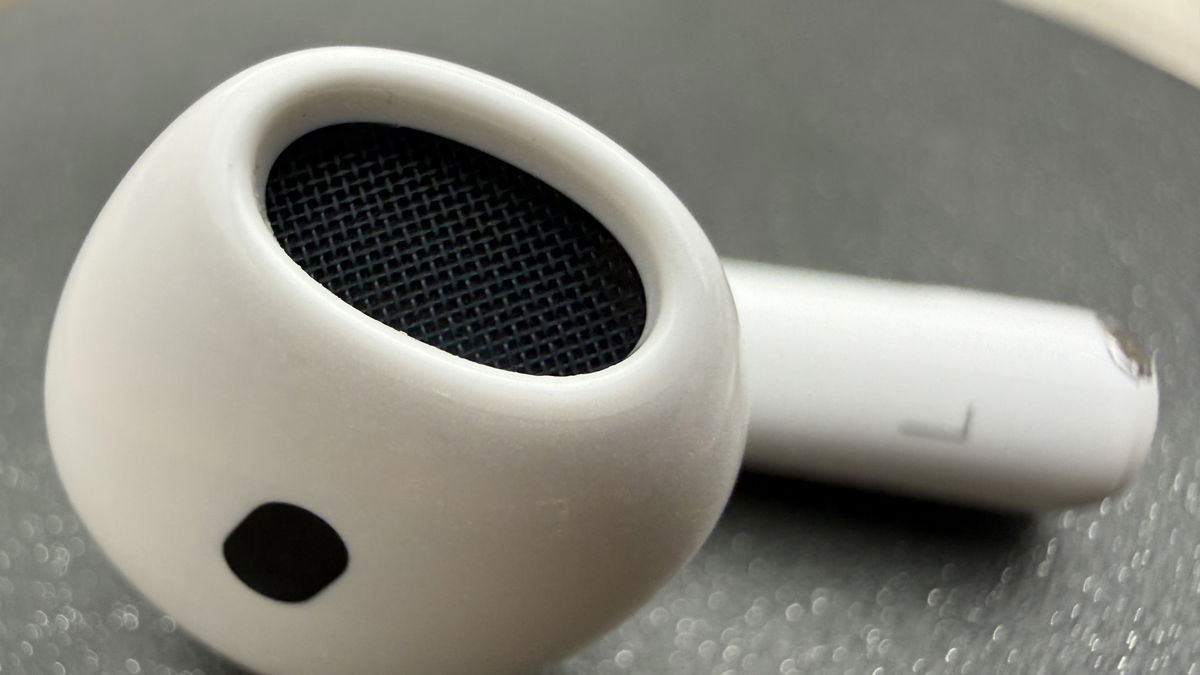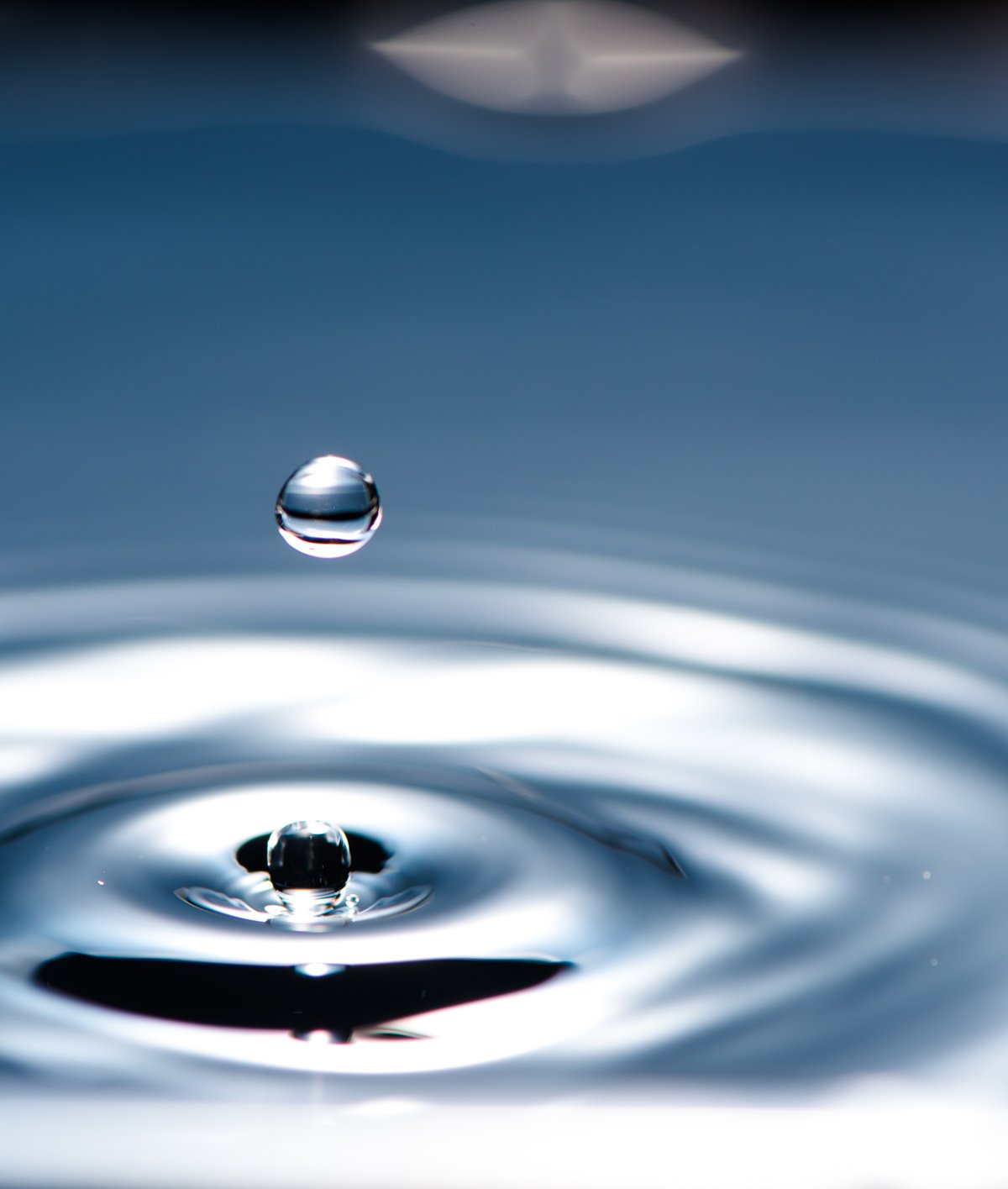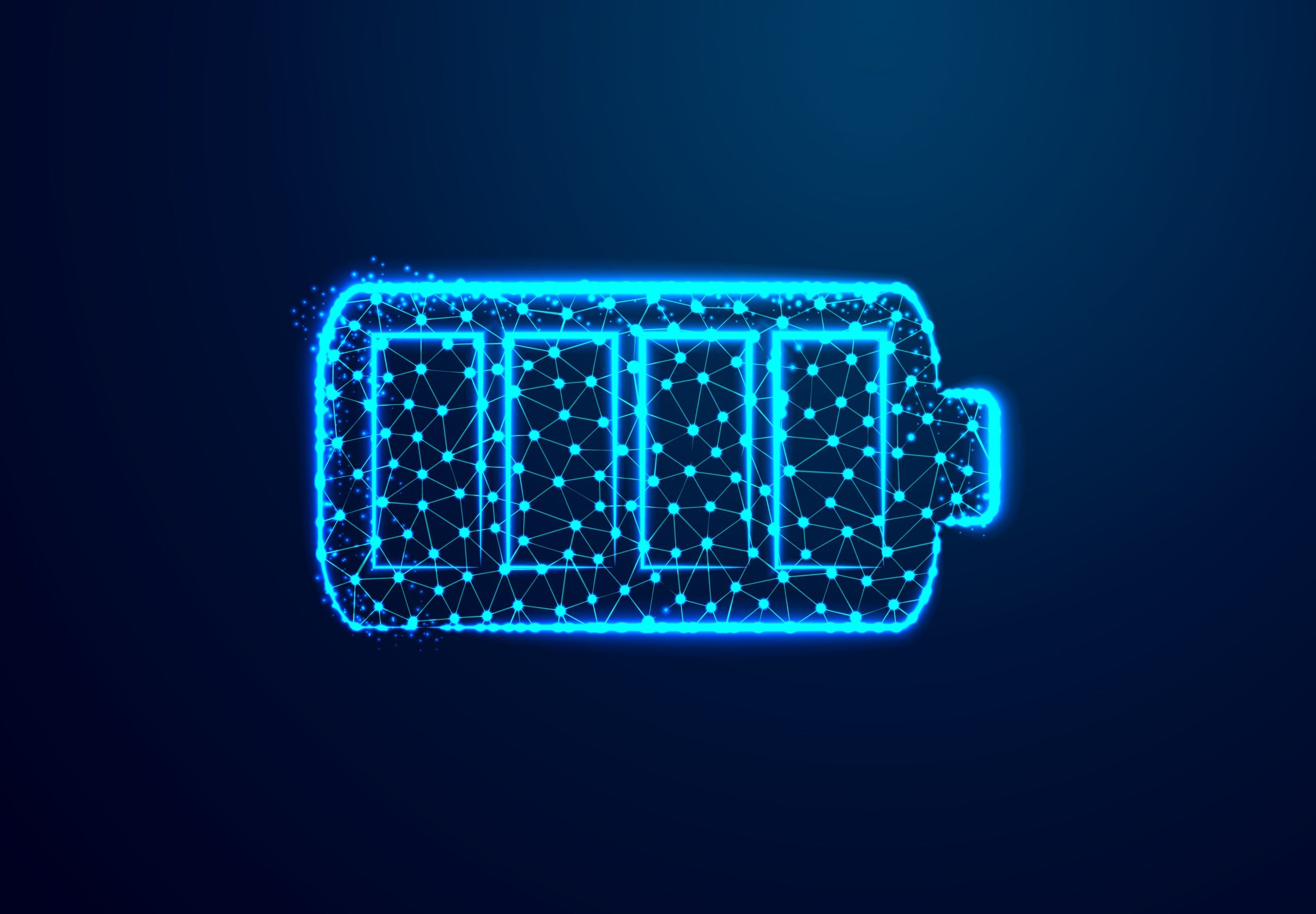If you have ever ventured into the world of cooking, you may have witnessed a water miracle: water drops flying into the air. This seemingly banal effect occurs under certain conditions of interaction between superheated surfaces and the physical states of liquids.
But in addition to the beautiful dance of droplets in your pan, This effect may have practical applications for heat transfer phenomena and industrial and nuclear cooling processes. Want to learn more about the research and how this physical “magic” works?
What is the Leidenfrost Effect?
Leidenfrost is the physical-chemical effect of heat transfer and change of state of liquids, more specifically waterIt is named after the German physician Johann Gottlob Leidenfrost, who wrote a study on this phenomenon in 1756.
This is a well-defined phenomenon and its mechanisms are quite simple. Under normal conditions, water boils at temperatures equal to or greater than 100°C. When in contact with surfaces at this temperature, it tends to absorb heat more uniformly, gradually heating each droplet, which gradually turns into vapor.
However, in the Leidenfrost Effect, this transformation occurs more dramatically. According to the literature, the surface must be at least 230 °C for the event to be seen.
When a droplet comes into contact with this super-hot surface, its “outer layer” instantly turns into vapor. This causes this vaporization to create a kind of “bed” that momentarily removes contact between the water and the hot surface, thus preventing heat from being transferred to the core of the drop and preventing the entire drop from heating up. This process becomes a cycle until all the water evaporates or the contact surface cools..
This causes the surface temperature to also lose some heat, but if it is under the influence of a permanent heating source, it soon returns to its initial temperature and the drop falls back towards the surface, with the “disappearance” of the steam. restarting the cycle until it evaporates completely.
A cooling revolution?
But a research group at Virginia Tech appears to have made significant progress in achieving the same result, even at lower temperatures. They developed a surface with tiny grooves that are 0.08 millimeters high and 0.12 millimeters apart from each other.
In this configuration, the Leidenfrost Effect can be observed even at a temperature of 130 °C, 100 °C lower than expected. According to the group, This is possible thanks to the more uniform heat distribution caused by the presence of these micro-cavities or, as they are called, “little towers”..

In a practical application, in coolers based on heat dissipation through liquids, such as those in nuclear power plants, it could be suggested to replace the smooth reactor plates in contact with water with more “textured” materials that could optimize the cooling process, as well as prevent steam explosions.
While it may seem like a simple idea, the group’s findings can add up to: and much more, for the development of cooling technologies and accident preventionAs a result, the critical temperature of the system will not need to reach the previously suggested 230 °C, but rather a “gentler” temperature that will make it easier to manage – almost the temperature you would typically use to brew coffee.
From curiosity to technological advancement
A good portion of the events The events you experience on a daily basis have an interesting physical, chemical or biological explanation.
Even the Leidenfrost Effect that you may have experienced every day in your war kitchen may have much more unusual uses on a large scale. Don’t ignore everyday science, it may bring you pleasant surprises.
For example, did you know that the golden color of your food is due to the Maillard reaction? But that’s a topic for another day. In the meantime, how about admiring other types of levitation?
Liked the content? Stay up to date with more chemical studies like this on TecMundo and enjoy discovering why the structure of the water molecule may be different from what we learned. Until later!
Source: Tec Mundo
I’m Blaine Morgan, an experienced journalist and writer with over 8 years of experience in the tech industry. My expertise lies in writing about technology news and trends, covering everything from cutting-edge gadgets to emerging software developments. I’ve written for several leading publications including Gadget Onus where I am an author.












